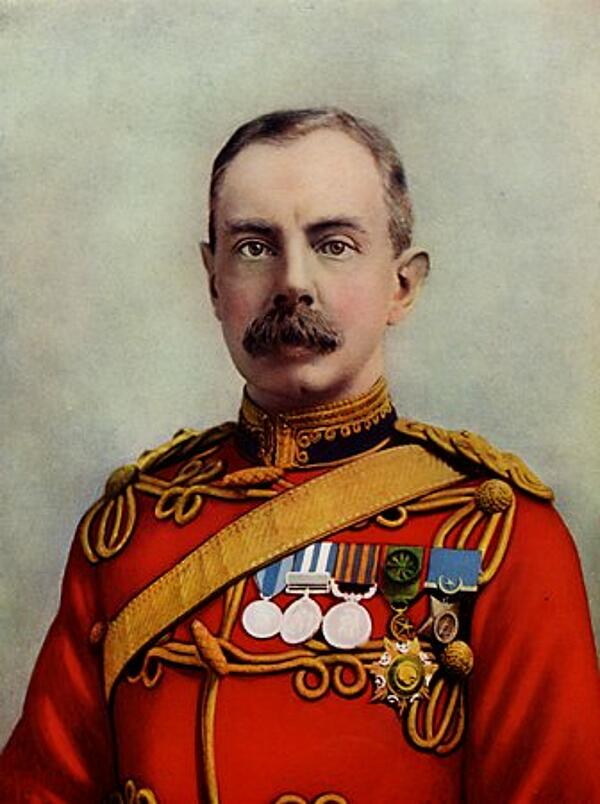Field Marshal Herbert Plumer - World War One Commander
Herbert Plumer was born in Torquay, England in 1857. After being educated at Eton and Sandhurst, he received his commission in 1876, when he joined the 65th Foot (later known as the 1st Battalion, York and Lancaster Regiment).
He completed service in the Sudan at El Ten in 1884 and then returned to take the Staff Course. He later fought in South Africa during the Boer War, where he was tasked with leading the relief column to Mafeking. Plumer quickly became popular among his men, mainly due to the fact that he led from the front. He was also known to have a good sense of humour, despite being strict in his discipline.

Following his success at the Boer War, Plumer was appointed Commander of the 4th Brigade pithing 1 Army Corps and was made a Companion of the Order of Bath. He was also promoted to General Officer Commanding 10th Division within IV Army Corps one year later in 1903. In 1904 he rose again, being made Quartermaster-General to the Forces, and by 1906 he was General Officer Commanding 5th Division within the Irish Command, as well as a Knight of the Realm. He also also given charge over the Northern Command in 1911.
In May 1915, when World War One was well underway, Plumer was given command of the Second Army Corps based in Ypres Salient. Once in place, he withdrew as many men and as much equipment as possible from the Salient and moved to the immediate vicinity of Ypres. For the next two years, Plumer and his men were engaged in static trench warfare that saw little relief. His decision to pull back had even left the elevated Messines Ridge open for the Germans, who had secured an advantage over Plumer and his men.
In order to break the deadlock, Plumer planned an attack on Messines Ridge - located to the south of Ypres - and hoped to coordinate artillery, infantry and engineering to achieve success. Plumer’s plans saw engineers build tunnels under the heavily defended German lines on the ridge, while artillery and infantry units would attack the ridge using a creeping barrage. He relied on his own philosophy - ‘Trust, Training and Thoroughness’ - throughout the attack and this seemed to positively impact on the final attack on Messines Ridge.
In a stark contrast to the Battle of the Somme, which had taken place eleven months before, the attack was a success. The Germans lost their ground around Ypres and 7,000 German prisoners were taken. Just 3,538 Allied soldiers were lost during the attack, although 20,000 were either wounded or missing. However, the attack was still a major success in the eyes of politicians and military officials alike. Robin Neillands summed it up in his book ‘The Great War Generals’:
“Plumer is one of the few commanders who came out of the Great War with an enhanced reputation.”
At the end of World War One, Plumer was appointed Commander of the British Army of the Rhine, and one year later he became the Governor of Malta. His final appointment was as High Commissioner of Palestine, which was a post he held for three years.
Herbert Plumer died on 16th July 1932 and was buried in Westminster Abbey, London.
MLA Citation/Reference
"Field Marshal Herbert Plumer - World War One Commander". HistoryLearning.com. 2025. Web.
